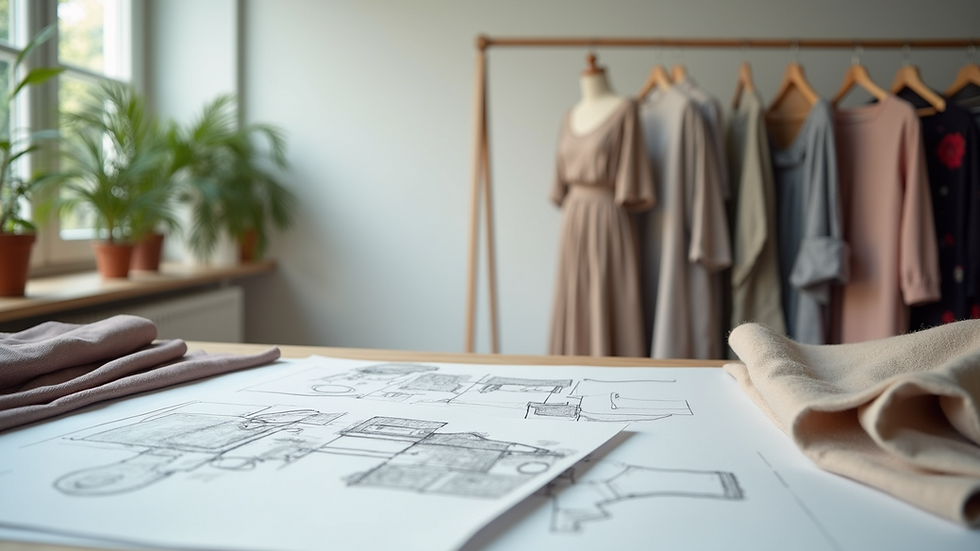What makes fashion truly sustainable?
- tatyana0621
- Oct 27
- 1 min read
Most of the fashion startup brands I work with want to launch with eco-friendly, sustainable products. However, at a small scale, the cost of biodegradable packaging or recycled fabrics often becomes a real barrier to entry. This financial constraint can make it challenging for new brands to align their offerings with their sustainability goals.
Here’s the “unpopular” opinion: recycled fabrics and biodegradable packaging alone don’t make a garment sustainable. While these elements are undeniably important, they are just pieces of a much larger puzzle.
True sustainability comes from creating products that last — pieces that don’t end up in a landfill after just four months and ten washes. The focus should be on longevity and the overall lifecycle of the garment.
Key Elements of Sustainable Fashion
It’s about:
Thoughtful design and smart construction: Each piece should be carefully crafted to ensure durability and style, allowing it to stand the test of time.
Creative use of available resources: Utilizing deadstock fabrics can minimize waste and give new life to materials that would otherwise be discarded.
Well-tested silhouettes: Designs that won’t quickly date, ensuring that the garment remains relevant and desired for years.
Small but important details: Features like pocket reinforcements, properly placed bar tacks, and durable finishes can significantly enhance the garment's longevity.
At the end of the day, longevity is sustainability. The longer a garment is worn and cherished, the lower its environmental impact.
What do you think — is durability more important than materials when it comes to sustainable fashion? Let’s explore this vital conversation further.



Comments